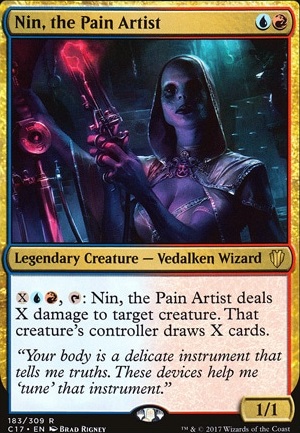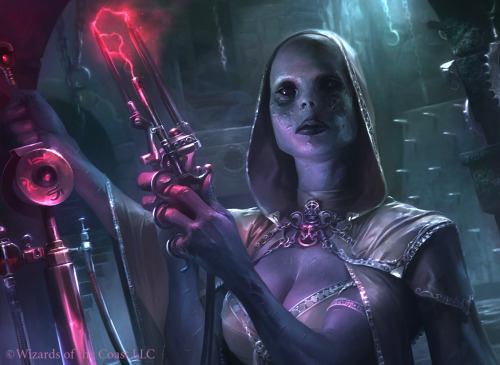Instant (31)
- 1x Arcane Denial
- 1x Brainstorm
- 1x Chain of Vapor
- 1x Chaos Warp
- 1x Counterspell
- 1x Cryptic Command *list*
- 1x Cyclonic Rift
- 1x Delay
- 1x Dig Through Time
- 1x Dispel
- 1x Expansion / Explosion
- 1x Flash of Insight
-
1x
Flusterstorm

- 1x Force of Negation
- 1x Force of Will
- 1x Frantic Search
-
1x
Hieroglyphic Illumination

- 1x Impulse
- 1x Izzet Charm
- 1x Logic Knot
- 1x Long-Term Plans
- 1x Mana Drain
- 1x Memory Lapse
- 1x Narset's Reversal
- 1x Negate
- 1x Opt
- 1x Pact of Negation
- 1x Pyroblast
- 1x Red Elemental Blast
- 1x Remand
- 1x Swan Song
Land (37)
- 1x Arid Mesa
- 1x Bloodstained Mire
- 1x Cascade Bluffs
- 1x Command Tower
- 1x Flooded Strand
- 16x Island
- 1x Misty Rainforest
- 8x Mountain
- 1x Polluted Delta
- 1x Scalding Tarn
- 1x Shivan Reef
-
1x
Steam Vents

- 1x Sulfur Falls
- 1x Volcanic Island
- 1x Wooded Foothills
Creature (8)
- 1x Deceiver Exarch
- 1x Imperial Recruiter
- 1x Jace, Vryn's Prodigy Flip
- 1x Kiki-Jiki, Mirror Breaker
- 1x Magus of the Moon
- 1x Pestermite
- 1x Snapcaster Mage
- 1x Torrential Gearhulk
Enchantment (3)
Planeswalker (2)
Commander (1)
Sorcery (11)
- 1x Ancestral Vision
- 1x Faithless Looting
- 1x Gitaxian Probe
- 1x Ponder
- 1x Preordain
-
1x
Rolling Earthquake

- 1x Ruination
- 1x Serum Visions
- 1x Shimmer of Possibility
- 1x Sleight of Hand
- 1x Vandalblast
Artifact (6)
Sideboard
Instant (8)
Land (1)
Maybeboard
Instant (1)
Suggestions
Updates Add
Comments View Archive
Attention! Complete Comment Tutorial! This annoying message will go away once you do!
Important! Formatting tips — Comment Tutorial — markdown syntax
Please login to comment
| Date added | 11 years |
| Last updated | 5 years |
| Legality | This deck is not Commander / EDH legal. |
| Rarity (main - side) | 10 - 0 Mythic Rares 34 - 5 Rares 12 - 3 Uncommons 19 - 3 Commons |
| Cards | 99 |
| Avg. CMC | 2.23 |
| Tokens | Bird 2/2 U, Copy Clone, Emblem Dack Fayden, Emblem Jace, Vryn's Prodigy, Energy Reserve |
| Folders | EDH, EDH, EDH, Fun EDH Decks, NINspiration |
| Votes | |
| Ignored suggestions | |
| Shared with | |
| Views |





